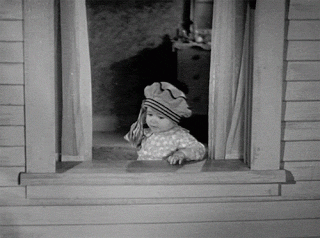
go stay go... (go stay GO) , verb (imperative, emphatic, familiar) A suggestion to leave, prompted by circumstance, once present - from Hawaiian pidgin dictionary
Go arrived in Hawaii in 2006, to start a lower cost inter-island airline. Sound familiar. Jonathan Ornstein who operated Mesa Air Group in Phoenix, Arizona, brought some of Mesa Airlines Bombardier CRJ aircraft to Honolulu to begin go! operations on June 6, 2006. Hawaiian and Aloha Airlines were not happy with their entry to the market and filed valid law suits on how they arrived in Hawaii. Aloha Airlines was already struggling financially but go! was too much and they ceased operations in March 2008. Go! continued to make adjustments to maintain a viable operation but finally closed on April 1, 2014.
Read more about go!

go!



Johnathan Ornstein

Before Go Airlines could start operations in Hawaii they needed to ensure compliance with Federal and State rules and regulations. This certainly included the Federal Aviation Regulations (FAR) Part 121. In order to be in compliance with the FAR's they needed a hangar. The FAA required them to secure a hangar to ensure proper maintenance specifically for jacking up the aircraft in order to do a landing gear retraction. Without a hangar agreement, no operating certificate. Bradley Pacific Aviation (BPA) had completed a fueling agreement* with Go and we would be providing aircraft fueling services at all airports.
Bombardier CRJ-200
Bradley Pacific Aviation - HNL

BPA fueled Go aircraft in accordance with their FAA approved maintenance manual, so we had already established a relationship with GO Airlines Maintenance Department. They also wanted an agreement to use our hangar. BPA's hangar was not a large facility but could accommodate their CRJ-200 and it would certainly meet the FAA's requirement. BPA already had clients that utilized the hangar and Go couldn't afford an exclusive agreement. BPA put together an agreement that would satisfy the FAA.
BPA would make every effort, to make available, the hangar if and when a CRJ-200 gear retraction is required. Go received approval to start operations and I believe they only utilized the hangar twice.
opinion 0/25/06


Hawaii Tribune-Herald 3/24/06

$19


As stated earlier, Bradley Pacific Aviation provided fueling for Go at Hawaii's airports.
When we were negotiating the fueling contract they were pushing for a better price. BPA fueled ALL the airlines in Hawaii and Go was not in a position to receive the best price but we would be fair and consistent with the servcie we provided.
I remember on one occasion in Lihue, I was on island and needed to return before my
scheduled Hawaiian Airlines flight and needed to return to Honolulu on Go Airlines. I boarded the fairly full flight and waited for departure and waited for quite awhile. The pilot grabbed his mic and made an announcement... "Sorry for the delay but we are waiting on fuel. We seemed to be always waiting for our contracted full provider" The passengers were all grumbling about the delay and that contract fueling company. I was compelled to go up and make my own announcement …"Good afternoon ladies and gentlemen, when Go Airlines contracted with Bradley Pacific Aviation to provide fueling services they wanted to pay the least as possible. Usually when we provide fueling contract services, "on-time" is a primary concern and we schedule a fuel truck to meet the airlines departure time. Go would pay for "get to us when you can" service. So if you look out your window, you will see a fuel truck fueling United Airlines and will fuel this aircraft when he is finished, if he has enough fuel in the truck. If not he will return to the airport fuel tanks and replenish. This type of service is so you can pay less than Hawaiian Airlines that has already arrived in Honolulu.
Have a nice day" .
Of course I didn't make that announcement but it was how Go operated to keep expenses to a minimum not understanding that it cost them more in the long run.
Tom Anusewicz - former Exec. V.P., Bradley Pacific Aviation






Hawaii Tribune-Herald 7/2/08


go!

Hawaii Tribune-Herald 3/26/09


Not
Really!











.png)



















.jpg)


